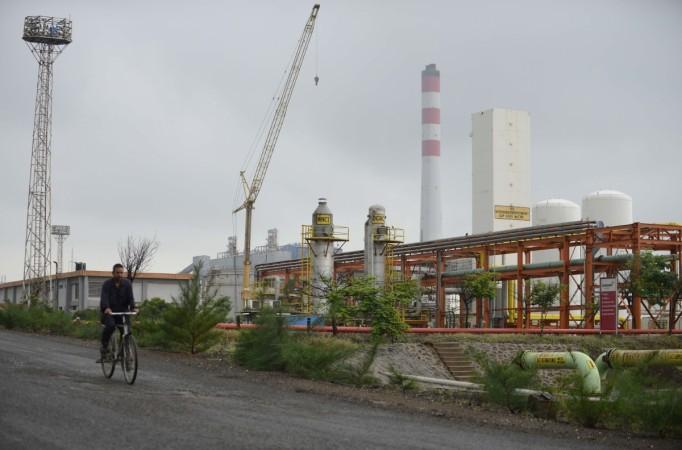
Brent crude has risen about 33 per cent this year and has been hovering over $70 after US President Donald Trump said he will strictly enforce trade sanctions on Iran by withdrawing the import waiver that six nations including India enjoyed. Once the total ban kicks in on May 2, the possibility of international crude hitting $100 a barrel is high, market sources say. A sustained rise in the crude price will hit the economy of countries like India that meets nearly 80 per cent of its fuel demand through imports.
"We see increased risks of significantly higher oil prices," Oxford economists John Payne and Gabriel Sterne said in a report. "In the short-run, it is likely the supply impact will be offset by higher production elsewhere, but the market is tightening and all it would take is one more shock to supply and oil could reach $100," the note said.
The new government's efforts to rein in the runaway current account deficit (CAD) will suffer as the oil import bill rises. The efforts of the incumbent government at meeting the budgetary deficit target also have failed in spite of several years of benevolent crude prices. Any rise in international crude price will make it that much difficult for the government to meet the fiscal targets, experts say.
CAD rose to $16.9 billion (or 2.5 per cent of its GDP) in Q3 of FY19 (October-December 2018-19) from $13.7 billion (2.1 per cent of GDP) year on year, according to Reserve Bank of India (RBI) data. But it was less than $19.1 billion (2.9 per cent of GDP) in the preceding quarter. The widening CAD on a year-on-year basis was attributed to higher trade deficit at $49.5 billion compared with $44.0 billion a year ago.

The election-year budgetary extravagance has brought on the burden of several lakh crores of rupees in additional spending. A better oil scene might have helped the government to meet the promises without putting much strain on the economy's growth. The country's growth in the gross domestic product (GDP) has been dismal over the past couple of years, plummeting to an estimated 6.6 per cent in the final quarter of the last financial year.
The economy will take some more time to shake off the effects of Prime Minister Narendra Modi's currency demonetization and hasty introduction of the goods and services tax (GST) regime, according to some reports. A spike in the price of oil, the biggest item of expenditure in India's import bill, will reduce the funds available for promoting growth, especially when the GDP growth has been slowing. The rising inflation will necessitate calibration of the country's monetary policy, taking the focus away from growth.
RBI governor Shaktikanta Das has been of the strong opinion that the current inflation rate allowed more headroom for further interest rate cut to accelerate growth. Since Das took over as governor replacing Urjit Patel in December last year, the RBI has cut repo rates twice by 25 basis points each to 6 per cent. However, the rising inflation will make the RBI more cautious in the future in infusing further liquidity.














